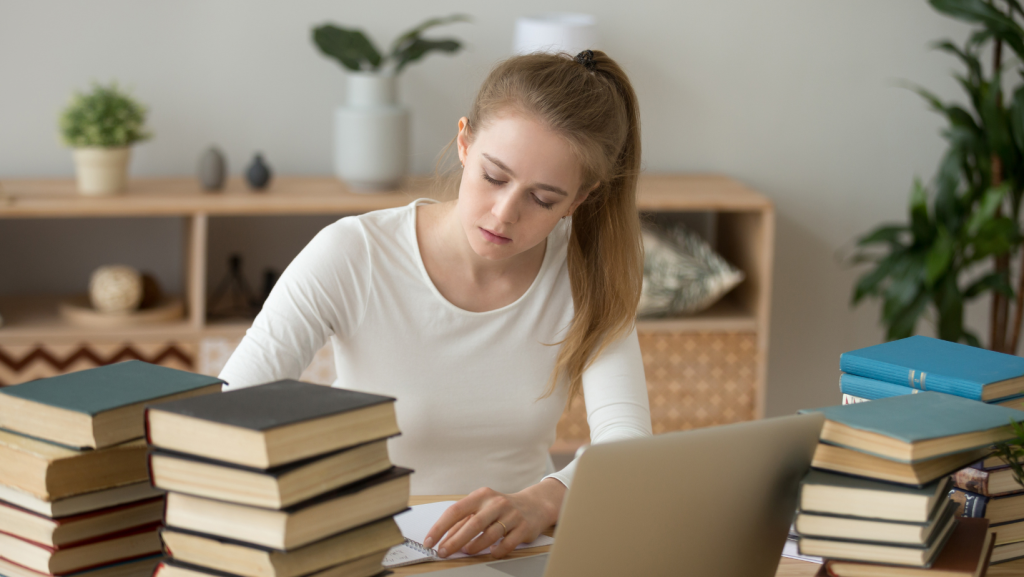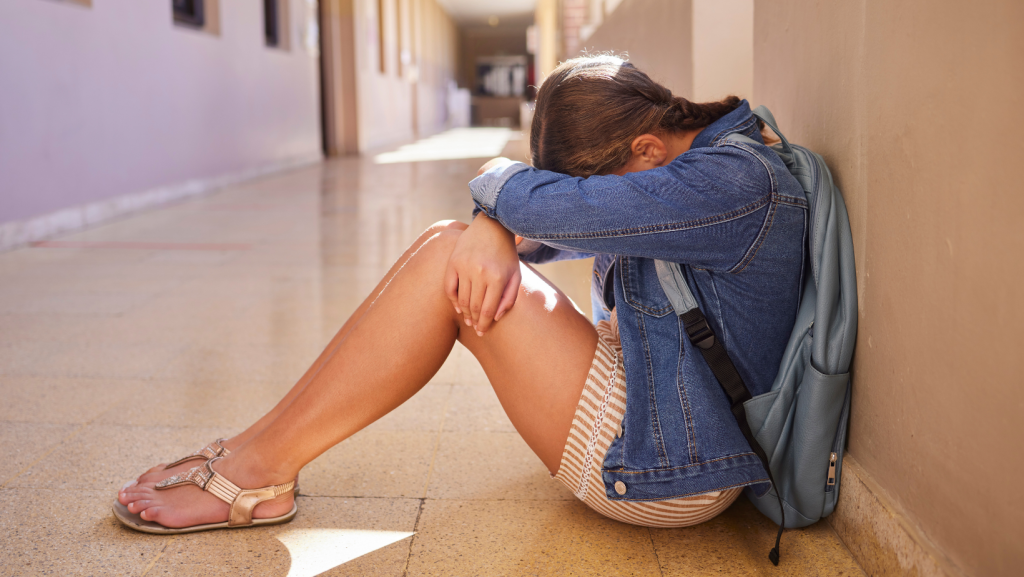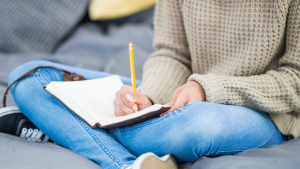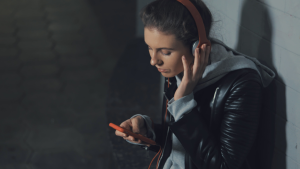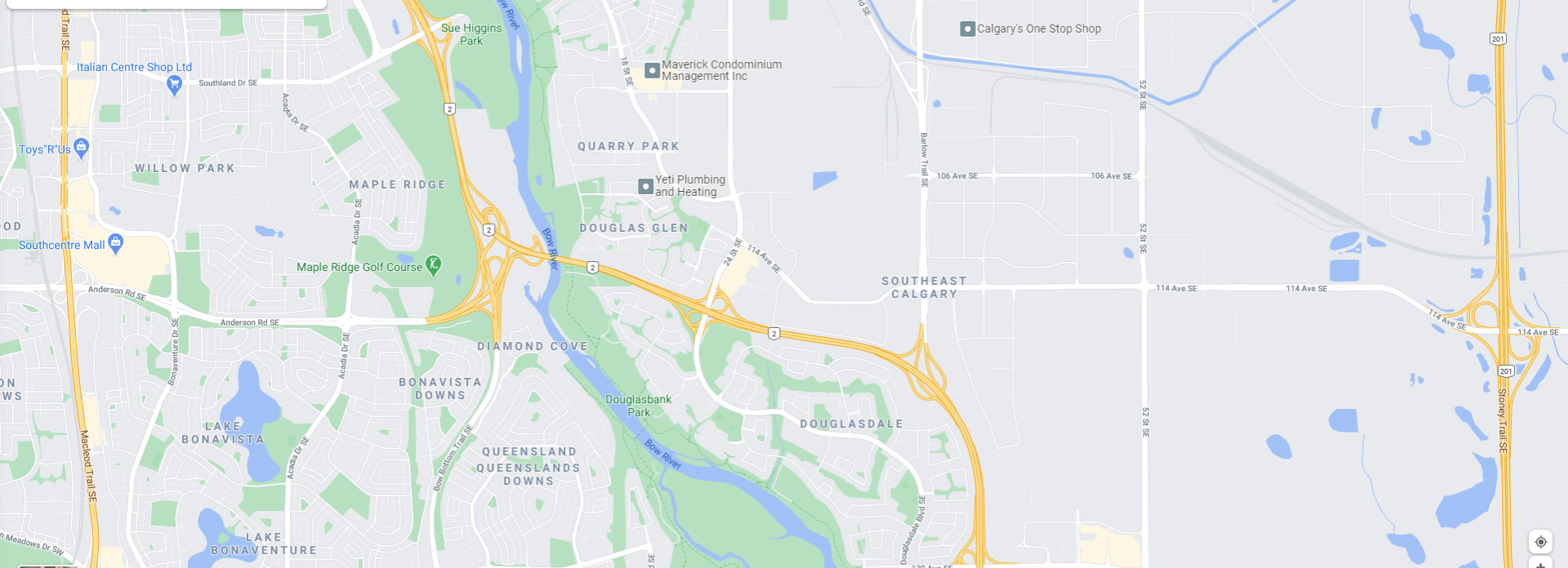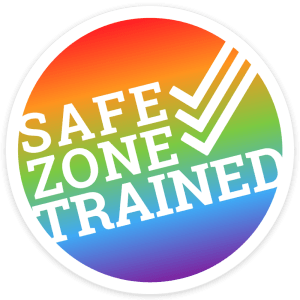How to Thrive Past Trauma or Unstable Environments
Hi everyone, I’m Chipo Bvindi, a mental health therapist dedicated to helping young people navigate life’s challenges. Today, I want to talk about something close to my heart; “How to Thrive Past Trauma or Unstable Environments.” Growing up can be tough, especially if you’ve experienced trauma or lived in an unstable environment- but I want you to know that thriving is possible, and I’m here to guide you through it.
Understanding Trauma and Unstable Environments
First, let’s define what we mean by trauma and unstable environments. Trauma can be any distressing experience that overwhelms your ability to cope; such as abuse, neglect, loss, or witnessing violence. An unstable environment might involve frequent changes, lack of support, or unpredictability at home or in your community.
These experiences can leave deep scars, but they don’t have to define your future. With effort and the right strategies, you can overcome these challenges and lead a fulfilling life.
Steps to Thrive
-
Acknowledge Your Feelings
It’s okay to feel hurt, angry, or confused about what you’ve been through. Suppressing these emotions only makes them stronger. Acknowledge your feelings and give yourself permission to feel them without judgment. This is the first step in healing.

-
Seek Support
You don’t have to go through this alone. Reach out to someone you trust—a friend, family member, teacher, or therapist. Talking about your experiences can be incredibly freeing and helps you process your emotions. Support groups can also be a great resource.
-
Practice Self-Care
Taking care of yourself is crucial. This means getting enough sleep, eating well, exercising, and finding time for activities you enjoy. Self-care also includes setting boundaries to protect your mental health, such as limiting time with people who bring negativity into your life.

-
Develop Healthy Coping Mechanisms
Instead of turning to harmful behaviours to cope, find healthy ways to manage stress and emotions. This might include journaling, drawing, playing sports, or practicing mindfulness and meditation. Experiment with different activities to see what works best for you.

-
Focus on Your Strengths
Everyone has strengths, even if they’re not always obvious. Identify what you’re good at and what makes you feel strong. This could be anything from a talent in art or music to a knack for solving problems or helping others. Building on your strengths boosts your confidence and resilience.
-
Create a Vision for Your Future
Trauma can make it hard to see beyond the present moment. Take some time to think about what you want for your future. Set small, achievable goals and work towards them step by step. This helps create a sense of purpose and direction.

-
Seek Professional Help if Needed
Sometimes, professional help is necessary to fully heal. Therapists and counsellors are trained to help you work through trauma and develop coping strategies. Don’t hesitate to seek out professional support if you need it.

About Me

I’m Chipo Bvindi, a mental health therapist with a passion for helping teens, young adults, and adults. I specialize in anxiety, depression, borderline personality disorder, life transitions, instability, trauma, and grief. My goal is to provide a safe and supportive space for my clients to explore their feelings, heal, and grow. I believe in the power of resilience and the importance of doing the work to move past challenges and build a brighter future.
Thriving is a Journey
Remember: thriving past trauma or an unstable environment is a journey, not a destination. Be patient with yourself and celebrate your progress, no matter how small it may seem. Every step forward is a victory.
You’re stronger than you think, and with the right tools and support, you can overcome your past and build a bright future. Keep going, and never give up on yourself.
Take care,
Chipo Bvindi
This Article: “How to Thrive Past Trauma or Unstable Environments” was written by: CHIPO | Pyramid Psychology

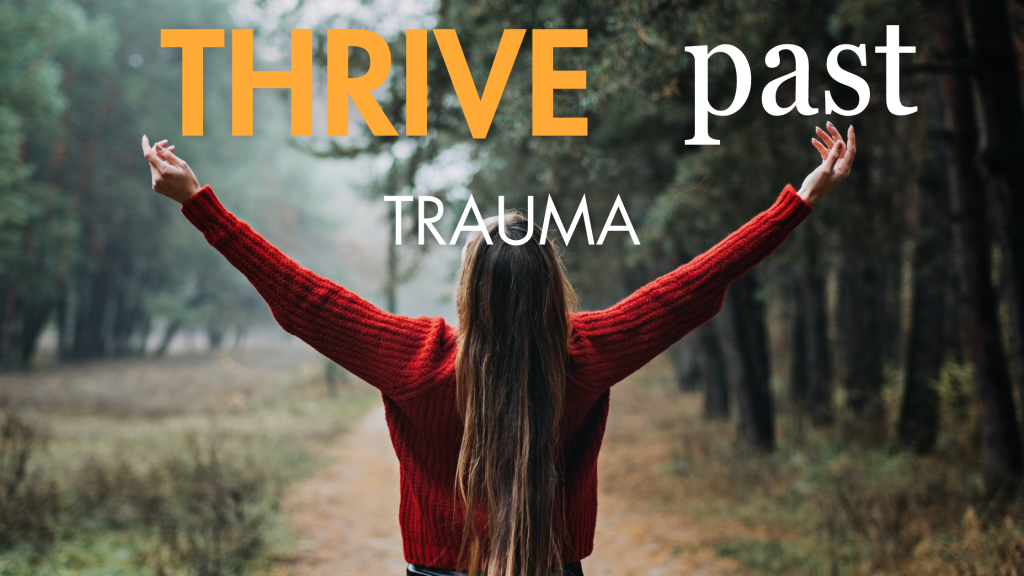
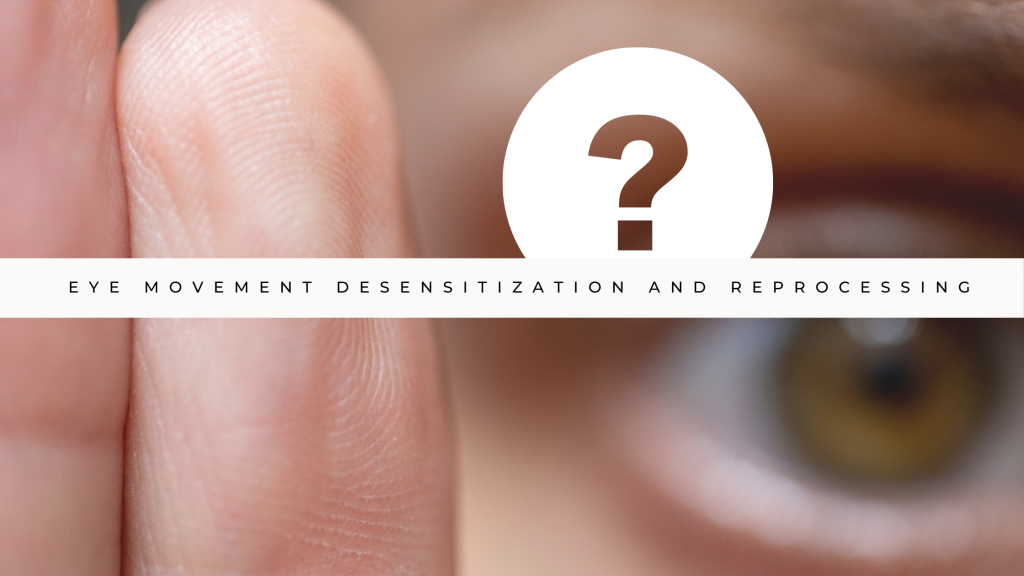





 Hello, my name is Tara, and I am a graduate student in counselling, I will be doing my practicum at Pyramid Psychology and I am very excited to practice all the skills I have learned as well as develop new relationships.
Hello, my name is Tara, and I am a graduate student in counselling, I will be doing my practicum at Pyramid Psychology and I am very excited to practice all the skills I have learned as well as develop new relationships.

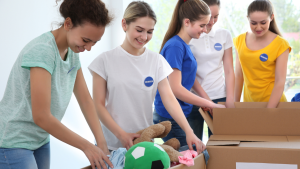





 I am a registered social worker with a Bachelor of Social Work with a major in psychology from the university of the Western Cape, and a Master’s in Clinical Social Work specialization with individuals, families, and groups from the University of Calgary.
I am a registered social worker with a Bachelor of Social Work with a major in psychology from the university of the Western Cape, and a Master’s in Clinical Social Work specialization with individuals, families, and groups from the University of Calgary.